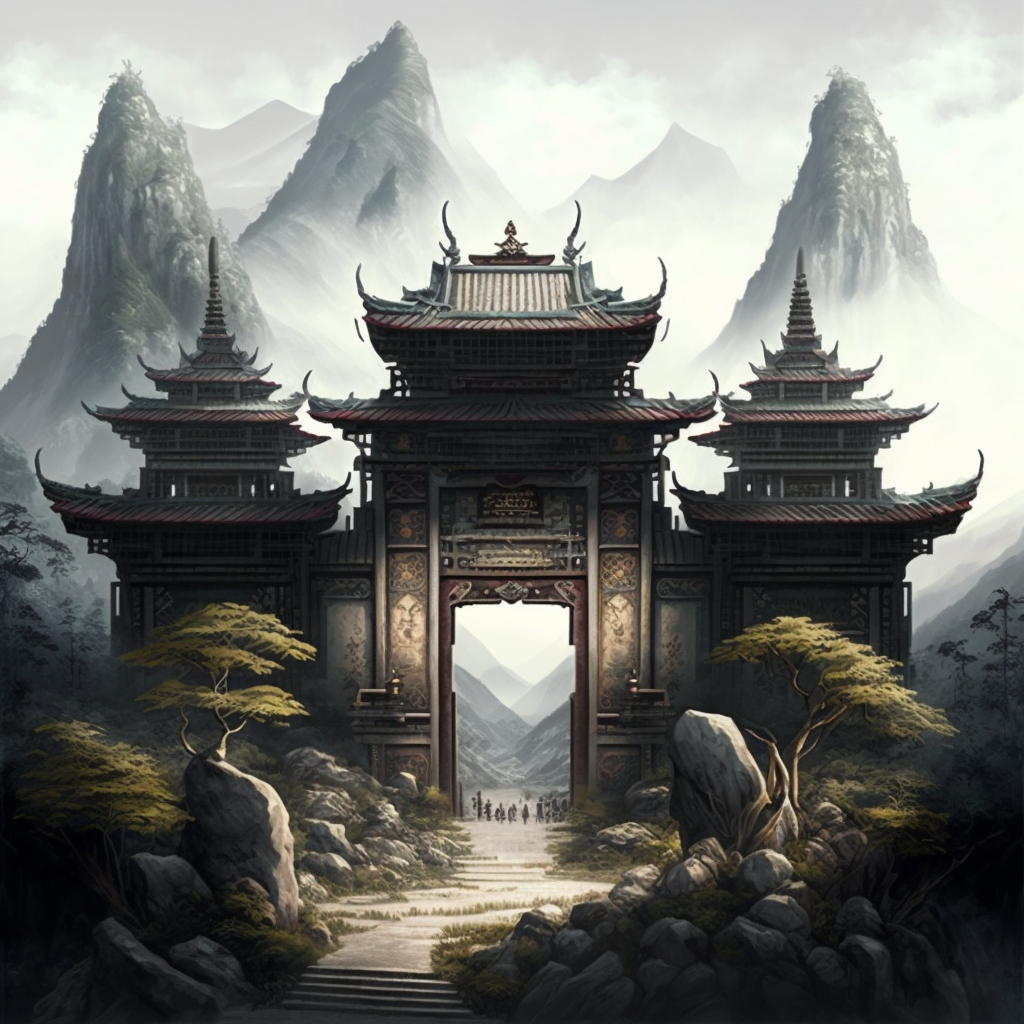Introduction to Emptiness
In this post, we will explore the concept of “releasing gates of wisdom” pertaining to the Buddhist teachings of emptiness, illusion, and the lack of a self.
Summary of Emptiness
- The key points covered in this post are that all appearance is empty, all appearance form has no form, and all appearance has no self.
- This means that the essence of all things is empty, all forms are constantly changing and illusory, and all actions result from causation and lack a true self.
- Understanding these three concepts can help us to see the world as it truly is and be liberated from suffering.
Practical Exercises to Understand Emptiness:
- Reflect on the idea that the essence of all things is empty. What does this mean to you personally? How does it change your perspective on the things around you?
- Notice the impermanence of all forms. Pay attention to how everything is constantly changing and shifting, and how nothing stays the same.
- Consider the concept of causation and the lack of a self. How does this understanding affect the way you perceive your own actions and the actions of others?
- Practice mindfulness and try to see the world as it truly is, beyond illusions and appearances.
——
3 Releasing Gates of Wisdom
1. All the appearance is empty
The appearance of things is empty, like an illusion that appears to be real in front of your eyes but is not. If we do not take these appearances seriously, we can feel free from them.
All the appearance form has no form
All appearances have an empty essence, which allows them to change and transform.
All forms are constantly changing and illusory, and because they come from and will eventually disappear into others, they have no true form. This understanding can help us let go of our possessive tendencies and attachment to changing forms.
All the appearance has no I
All actions are the result of causation, and because they come from others, there is no true self or “I” involved.
This understanding, along with the teachings that essence is empty and form is an illusion, can lead to a deeper understanding of the nature of reality and how the illusion of the world is created. By going deeper in our understanding and practice, we can come to see the world as it truly is and be liberated from suffering.
Buddhist Wisdom and Causation
In the 3 Eternal Dharma Truths, the first two parts explain causation.
So from the essence, it’s empty, from the appearing form it is empty and from the action, there is no I.
When you understand all three, then you understand the three releasing gates of wisdom. Understanding either one will help you understand the other two.
There is nothing that can have an essence. That’s why we can make it smaller and smaller until it’s finally empty. If there is some essence, it will stay that look and not even change. All the form is constantly changing and comes from the other so there is no form. All the action comes from causation, many many cause, so they have no self.
Individual action comes from many many cause, so that individual action cannot have any I, has to come from many I.
You grow up until now, how much food have you eat, that’s how many I into you. The sunlight, wind, water and before your body appear your parents, grandparents, think about that connection how many causation behind. From there you don’t find your real individual I at all.
Empty, no form, no I. So the world even although it appears with form, appear looks like not empty and everything has a different kind of action to look like they are all real, in fact it’s the way to teach you how the illusion works. The illusion is not totally not there, as it appears as though it has a real form, real essence and act like there is a real I. But that is the trick of life, you go deeper you will right away know either one is trying to teach you that: essence is empty, form is illusion and action has no I.
